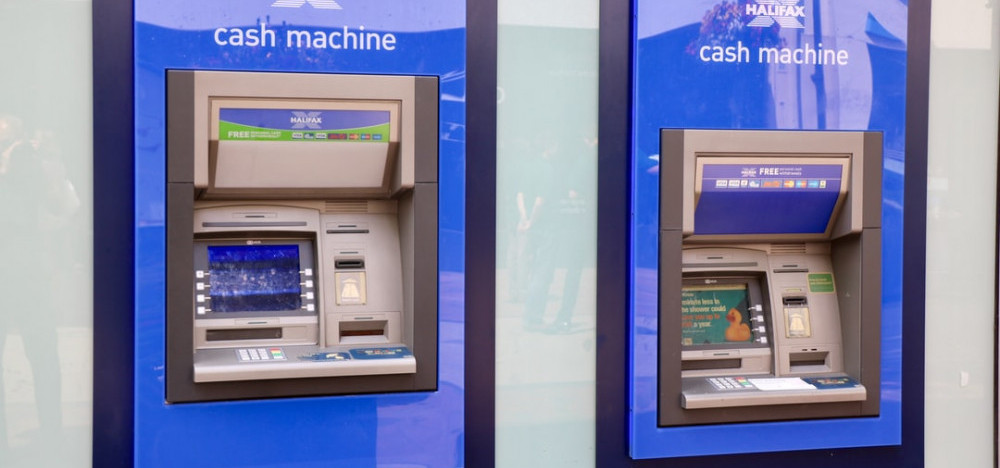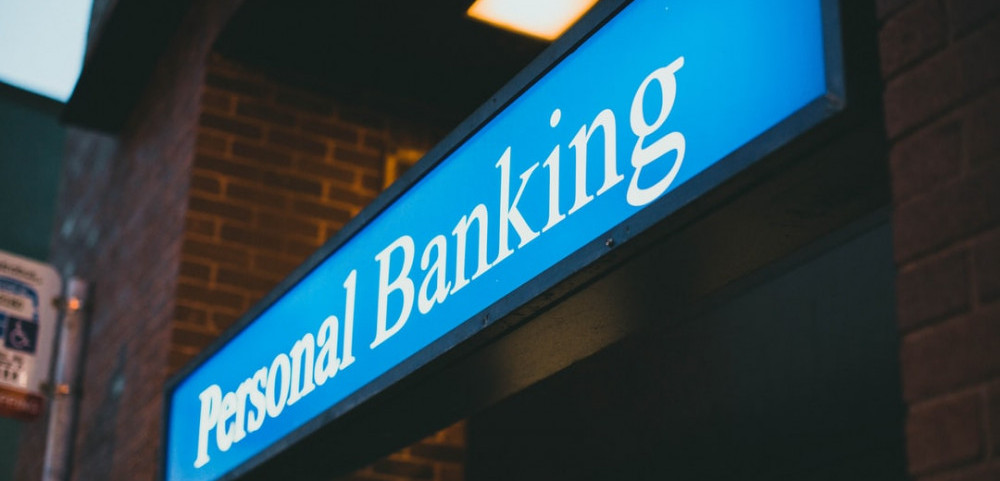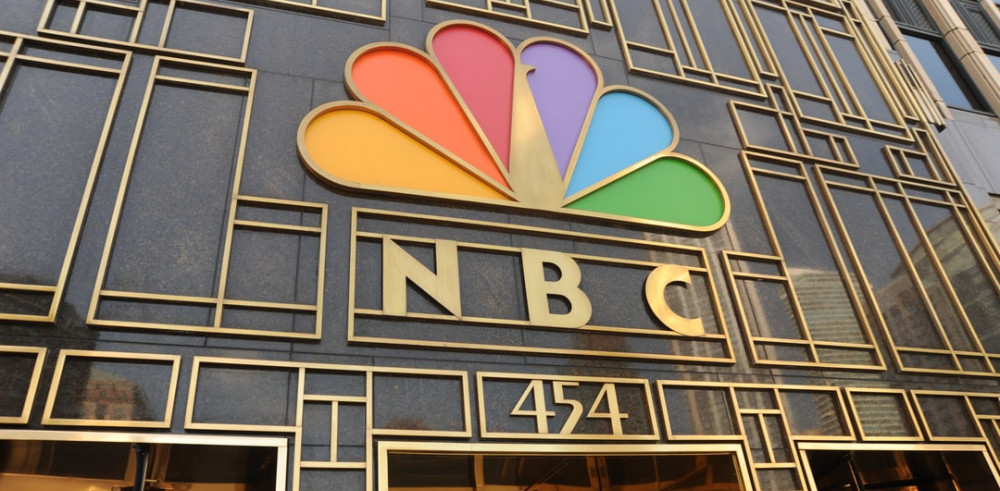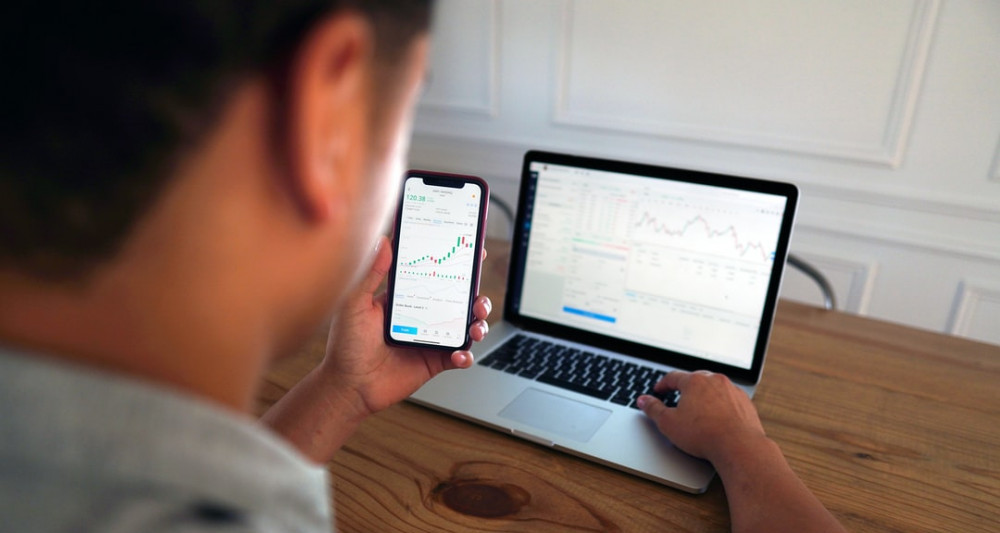What Is A Cobra Health Plan? How Does It Work?

The Consolidated Omnibus Budget Reconciliation Act (COBRA) gives workers and their families who lose their health benefits the right to choose to continue group health benefits provided by their group health plan for limited periods of time under certain circumstances such as voluntary or involuntary job loss, reduction in the hours worked, the transition between jobs, death, divorce, and other life events. Qualified individuals may be required to pay the entire premium for coverage up to 102% of the cost to the plan.
COBRA generally requires that group health plans sponsored by employers with 20 or more employees in the prior year offer employees and their families the opportunity for a temporary extension of health coverage (called continuation coverage) in certain instances where coverage under the plan would otherwise end. COBRA outlines how employees and family members may elect continuation coverage. It also requires employers and plans to provide notice.
What is a cobra health plan?
It is not a regular insurance plan, but instead a plan provided by a health insurance carrier and administered by an insurance carrier, as a last resort for a member who is no longer eligible for group health benefits. The Cobra coverage allows you to choose continuation coverage for the period of one month. “Continuation coverage” means coverage for a period of time determined by the carrier and will be based on the renewal period of a regular health insurance plan. It is not covered for a period of time that remains continuous beyond that of a regular health insurance plan.
How does the cobra health plan work?
With a cobra plan, there are no employer contributions. A cobra plan is available to everyone at no charge. To be eligible, you must be employed by a participating plan and eligible for health care benefits. The coverage under the cobra plan is provided at the lowest available plan level within the applicable COBRA coverage and access points. If you prefer a plan with additional benefits, you can opt for that option on a per-payor basis.
How to Qualify for COBRA?
Any employer or insurer in the U.S. may participate in the COBRA program if they are covered by the Consolidated Omnibus Budget Reconciliation Act (COBRA) and the U.S. Health Insurance Portability and Accountability Act (HIPAA) regulations. Employees and/or family members who have less than 12 months of coverage will be required to qualify under COBRA. Healthcare.gov also provides guidelines for those who are eligible for COBRA, including a list of provisions for COBRA continuation coverage. COBRA works if your employer or plan allows you to choose a plan to continue coverage. However, you may be required to pay an unsecured portion of your premium for coverage and deductibles.
Who is eligible for the cobra health plan?
Individuals without a group health plan that offers the continuation of group health benefits are eligible to enroll in the COBRA continuation health plan if they do not qualify for group health benefits under COBRA. Employees and their families who are eligible for COBRA coverage under current law and eligible for continuation of COBRA benefits will be automatically enrolled into COBRA coverage. Workers and their families who are ineligible for COBRA benefits, or who did not previously enroll for COBRA benefits, may elect to enroll in the program. Participation in COBRA coverage is available to a broad range of employees and family members including those who were previously on an employer’s group health plan that is no longer in existence or whose employer has closed or withdrawn coverage (death, voluntary departure, etc.).
This post contains affiliate links. Please please read my Disclaimer for more information
Paying for COBRA
Depending on the duration of the employment, there are a number of COBRA options. Continuation-paid plan: This is the most common option for employees to pay for their insurance for a fixed period of time after leaving their employer. Most COBRA plans provide for a continuation-paid plan, in which the employee’s share of premiums for continuation-paid coverage remains with the individual employer (or group health plan administrator).
Pros of cobra health plan
COBRA coverage can be extremely affordable, sometimes less than one-half the cost of a private health insurance plan. COBRA will provide most or all of the same coverage and services that the family received from the health plan in the past. The option of COBRA health plan provides coverage and access to medical care for over 70 different health care providers that are pre-approved by the insurance company for health care. If an employee lost their health benefits from their group health plan, COBRA allows them to keep their private insurance coverage for a limited time. This allows for continuity of care. Cons of COBRA health plan The cost of the insurance will be more expensive than if the employee had remained on the insurance policy.
Cons of cobra health plan
Currently, cobra plans do not offer the most coverage, in my opinion. So, a lot of people are not going to be happy with the amount of coverage that they have. It is just not a good alternative to group coverage that is offered. Also, there is a shortage of companies that offer the plan. Most health care plans offered by companies are on the Obamacare exchange. In other words, insurance is not guaranteed, but you can have affordable health care coverage. If you are going to have health insurance, then it should be a very good option that is provided.
Is COBRA coverage expensive?
Costs depend on a number of factors, including whether your health plan is an HMO or an HMO or other preferred provider organization (PPO). Most group health plans today are either PPOs or an HMO. COBRA coverage is always more expensive than your current health plan but also has a special component in that, even though you are required to pay all premiums and a deductible, you are eligible for a $2,000 (or $2,500, for retirees) premium credit, that lowers the overall cost of your coverage. An additional cost-saver is that you are not liable for the first $500 in healthcare expenses for each employee or family member covered under your COBRA health coverage and $3,250 in health insurance expenses for yourself as a retiree.
Is COBRA insurance right for you?
Not every job requires a group health benefit plan. Some jobs have health insurance offered as an individual benefit. If you don’t have employer-based insurance or your group health plan has recently changed or will change soon, it is worth exploring COBRA insurance. At the same time, don’t forget about other insurance products that may be available to you or that you may qualify for. Insurers are changing their health benefits every year. Medicare, Medicaid, and other insurance plans may also be available to you as part of a group or individual plan. If you need a comprehensive health insurance policy with comprehensive coverage, check with a broker who specializes in helping clients navigate the insurance process and find the best product for their needs.

Conclusion
Traditionally, COBRA was a program administered by your group health plan, but the program has been slowly being phased out. According to some sources, as of 2013, the Program has been “rolled into the IRS rather than by the health plan itself.” In other words, this program is no longer administered by your group health plan. While the COBRA Program’s benefits may be lost during the transition from a group health plan to an individual health plan, you will find that there is still a way to keep your coverage. You should carefully investigate this option before you dismiss it. With the right knowledge, you can keep your COBRA benefits.
“If you have any feedback about what is a cobra health plan that you have tried out or any questions about the ones that I have recommended, please leave your comments below!”
NB: The purpose of this website is to provide a general understanding of personal finance, basic financial concepts, and information. It’s not intended to advise on tax, insurance, investment, or any product and service. Since each of us has our own unique situation, you should have all the appropriate information to understand and make the right decision to fit with your needs and your financial goals. I hope that you will succeed in building your financial future.

















